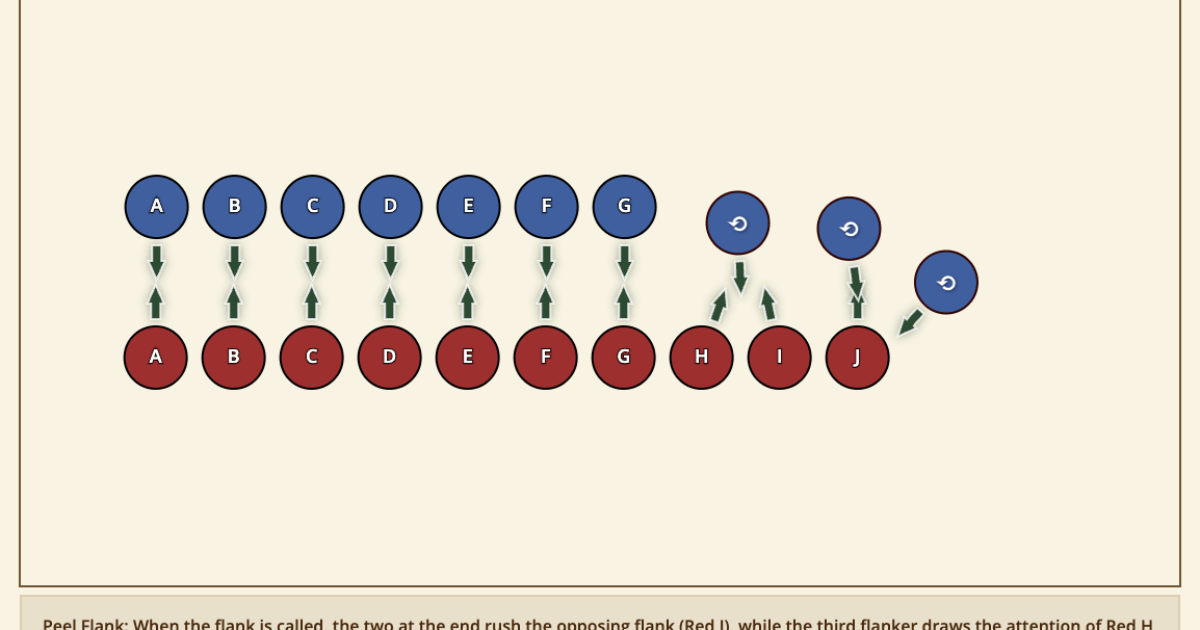Taking command of a team or a squad is an important role in any Melee. The entire team follows your lead on how to tackle the challenge or scenario placed before them. That leadership requires a more advanced familiarity with how Melees work, the members of your team, and a grasp of potential tactics and quick thinking. In Being a Meleeist, the focus was on how an individual can contribute to a Melee. In Basics of Command, we want to take that a step further and ask how an individual can lead a team of Meleeists in battle.
Points of safety
As a commander, you’re in a position of leadership and are responsible for directing an entire team’s effort out on the field. In such a position, it’s your responsibility to make sure that your plans and commands are safe and reasonable for the members of both your team and your opponents. This isn’t a time to find out who would jump off a cliff if you gave the order.
- Make Safe Plans: As you establish your strategy for the upcoming melee, ensure that your plans won’t put anyone at risk. Yes, you could send everyone into the brambles to fight but that doesn’t mean you should.
- Consider the Enemy: Even though we are opposing forces, our “enemies” are still our friends. Consider how your plan might impact the other team(s) experience.
- Bolster Your Team: The commander should be the central pillar or morale and positivity. Whatever happens in the melee, good or bad, prop your teammates up and help them be excited before and after the fight.
General Points
To be a truly great commander, you don’t have to be the best fighter or the most experienced. You just have to be willing to take charge and lead with passion. As you become more familiar with Melees you can continue to gain experience in the field and experiment with what you know through trial and error.
- Parts of an Army: There are five parts of an army that fill distinct roles in a battle, but they may not all be in every battle. By knowing the different roles, you can assign your units in ways to help achieve their full potential and claim victory for your team.
- Commander: A commander is the head of your army. They are responsible for leading and directing the entire team’s effort in winning the scenario.
- Linesman: The Linesmen will make up the bulk of your army. They are the front line soldiers who must work together against another line of fencers.
- Cavalry: Cavalry are designed to be a roaming unit. They have no one specific place on the battlefield, but will always be in motion under the direction of the Commander.
- Harrier: A Harrier is typically an individual unit in your army. They are tasked with threatening, distracting, and create havoc for the opposing team.
- Shadow: A Shadow is a unit tasked with neutralizing a specific key unit on the enemy team. There job is to ensure their target can’t effectively contribute to the fight as much as possible.
- Planning a Tactic: There really is no one formula on how to plan a tactic. Your ability to plan a successful tactic will mostly come from trial & error and experience. There are things though that you should consider in the planning process though:
- What is the Overall Objective: Scenarios are goal oriented. Whether it’s just to kill the other team or make it to a specific point, consider what you’re trying to do. This will help narrow your options and keep you focused on the task at hand. Do not confuse secondary objects with primary objectives.
- Who is on Your Team?: Be familiar with your teammates and try to assess what everyone is good at. Knowing who does well offensively or defensively can help you place them in your plan somewhere where they will feel important and helpful. As well, know who may need some help or a buddy and plan accordingly.
- You are a Team: Make sure your plan involves everyone in a useful and important way, so that you can all work together to come out victorious. No one should feel like they are just a number or a pointless member of the team.
- Communication: One of the most forgotten, but crucial tactics is basic communication. No matter what is going on in the scenario, if you are the commander or not, you should be communicating what is around you to your teammates. Make sure to communicate and not just bark orders.
Training Ideas
- Squad Study: You can be a commander of a small group of fencers too! In any melee, grab one or two fencers and form a squad. Take charge and practice giving commands, making plans, and adjusting tactics.
- Tactic Design: Away from the field, consider a simple melee you enjoy. Now design a plan of how you would face that situation. Add challenge by incorporating specific fencers and specific objectives or rules.
- Fencer Analysis: Study your fellow fencers and analyze how they fit into a melee. This will give you a better idea of where you can put them on your team and different ways to utilize their strengths.
Assessment
- Commanding Safely: As a commander, your decisions directly impact all the fencers on the field. Do you understand how you can lead safely and ensure you have a positive experience on the team?
- Knowing the Basics: Do you understand the different parts of the army and their role on your team? In what ways can you plan tactics and be successful as a team?
- Commanding Study: How can you continue studying commanding when you’re not commanding? What areas do you need to work on to improve as a commander?

